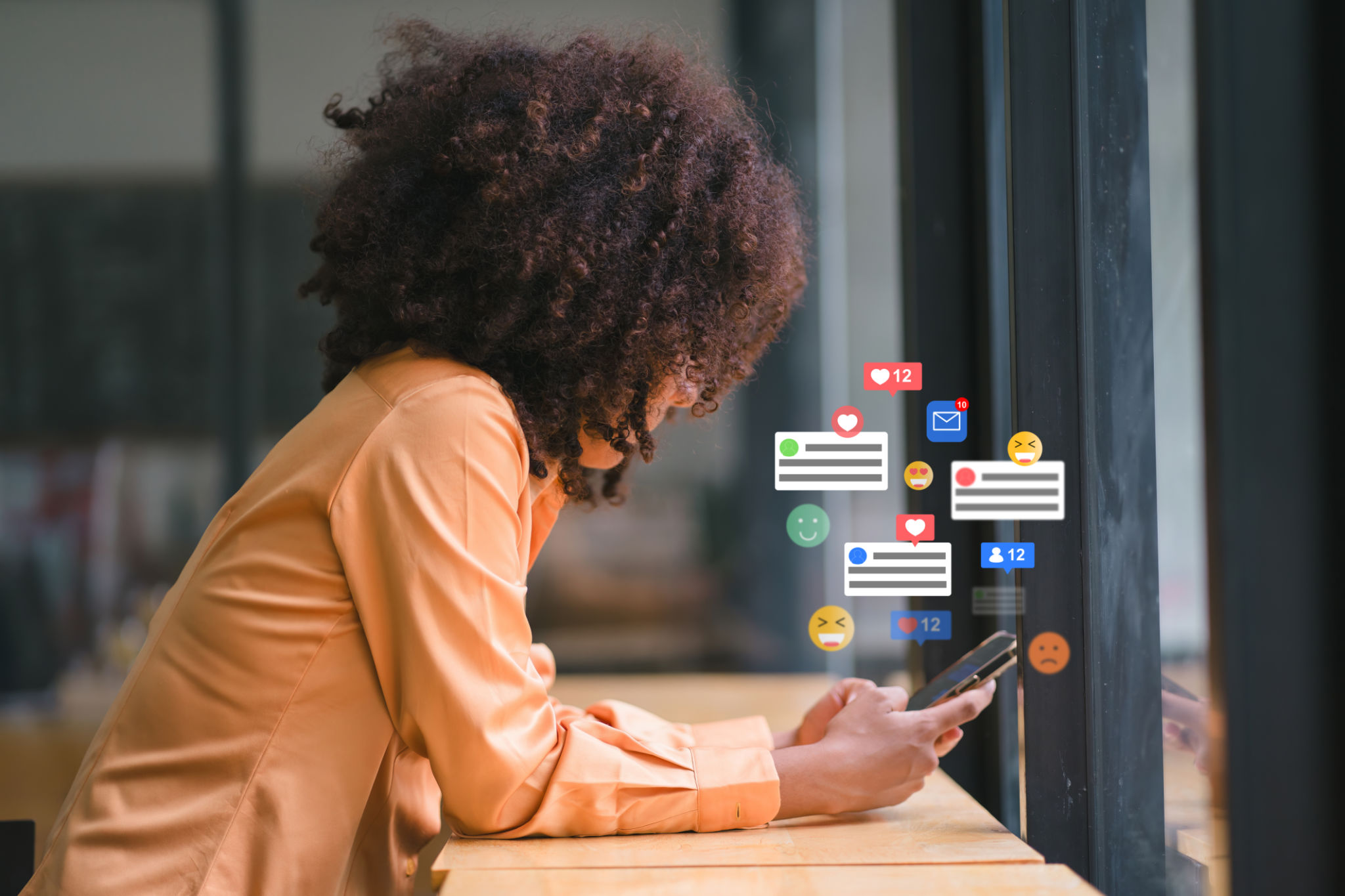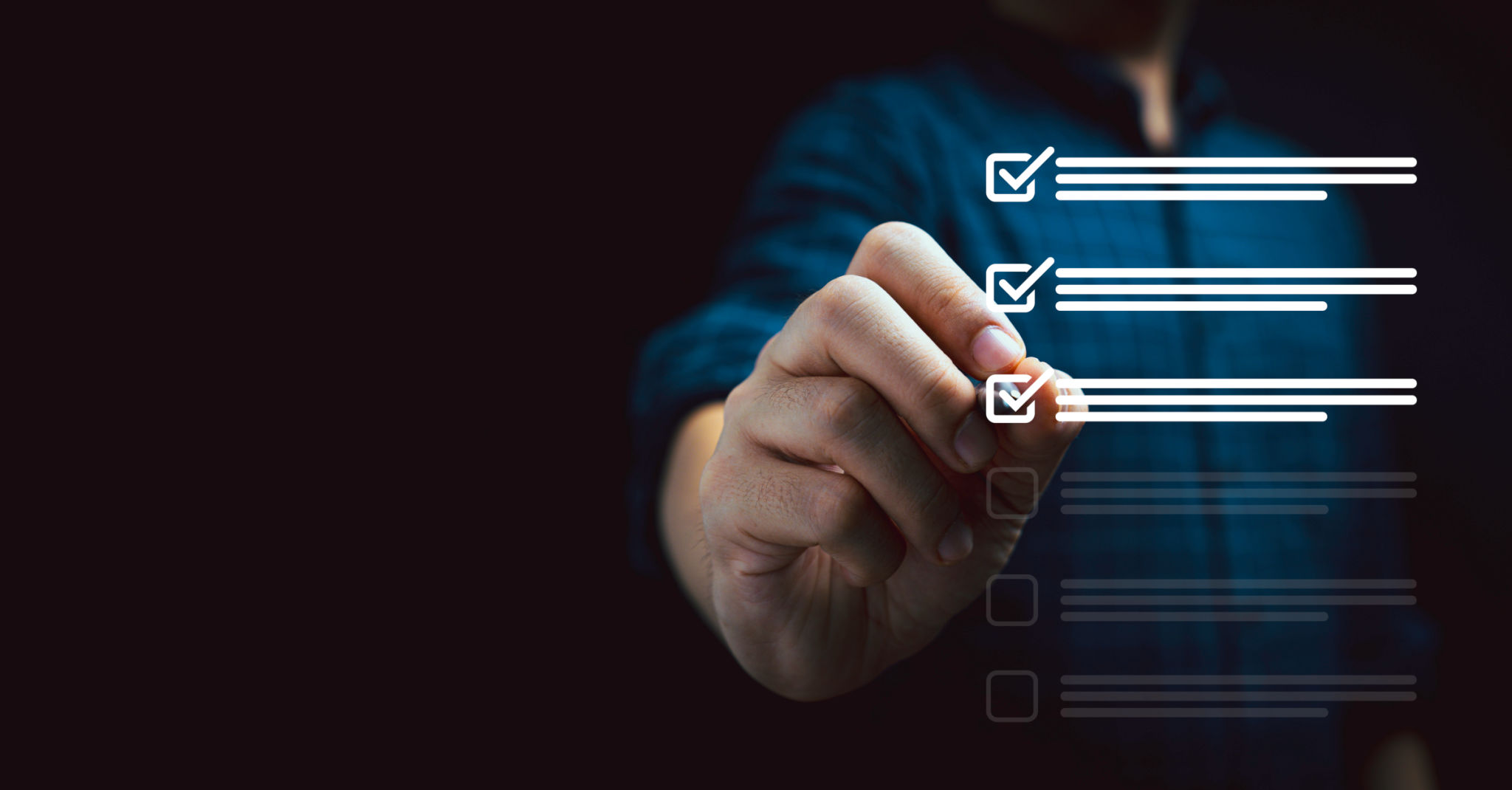DIY Graphic Design Tips for Small Businesses in Gwinnett County
Understanding the Basics of DIY Graphic Design
Graphic design is a crucial part of any business's marketing strategy, especially for small businesses in Gwinnett County looking to make a strong impression. While hiring a professional designer can be costly, embracing DIY graphic design can be a cost-effective alternative. By understanding the basics, you can create visually appealing materials that capture your brand's essence.
Start by familiarizing yourself with design principles such as balance, contrast, and alignment. These concepts help create harmony and guide the viewer's eye, ensuring your designs communicate the intended message effectively. Additionally, understanding color theory and typography will allow you to select combinations that reflect your brand's identity.

Tools and Software for DIY Design
Thanks to technological advancements, numerous tools and software are available to assist you in your DIY graphic design journey. Affordable and user-friendly options such as Canva, Adobe Spark, and GIMP provide templates and features tailored for beginners. These platforms offer a variety of design elements that you can customize to suit your business needs.
When selecting a tool, consider its features, ease of use, and compatibility with your existing systems. For instance, if you're looking for a simple drag-and-drop interface, Canva might be ideal. However, if you require more advanced editing capabilities, exploring software like GIMP or Adobe Spark could be beneficial.
Designing for Social Media and Marketing Materials
Social media platforms are an essential marketing tool for small businesses. Designing eye-catching graphics for these platforms can enhance your brand visibility and engagement. When creating social media posts, focus on consistency in color schemes, fonts, and imagery to maintain brand recognition.

Similarly, when designing marketing materials like brochures or flyers, ensure that they align with your overall brand aesthetic. Keep the designs simple yet informative, highlighting key information such as your services, contact details, and any special offers.
Leveraging Free Resources
The internet is abundant with free resources that can elevate your DIY graphic designs. Websites like Unsplash and Pexels provide high-quality images that you can incorporate into your projects without breaking the bank. Additionally, Google Fonts offers a vast library of free fonts to experiment with different typographic styles.
Utilizing these resources not only saves costs but also adds a professional touch to your designs. Remember to always check the licensing agreements to ensure proper usage of these assets in your projects.

Tips for Staying Inspired and Creative
Inspiration plays a significant role in graphic design. To stay creative, regularly explore design blogs, online galleries, and social media platforms like Pinterest or Instagram for fresh ideas. Observing how other businesses present their brands can spark inspiration for your projects.
Additionally, consider joining local Gwinnett County networking groups or attending design workshops to connect with other entrepreneurs and designers. Sharing experiences and ideas can lead to valuable insights and motivation to keep your designs innovative and appealing.
Testing and Gathering Feedback
Once you've created your designs, it's important to test them across various platforms and devices to ensure they display correctly. This step helps identify any inconsistencies or issues that could affect user experience.

Gathering feedback from peers or even customers can provide valuable insights into how your designs are perceived. Constructive criticism can guide you in making necessary adjustments to improve the overall effectiveness and appeal of your graphic materials.
Building a Consistent Brand Identity
A consistent brand identity is crucial for establishing trust and recognition among your audience. By applying your DIY graphic design skills consistently across all marketing channels, you can create a unified brand image. This consistency helps build familiarity and loyalty among your customers.
Ensure that all design elements such as logos, color schemes, and typography are used consistently across different platforms and materials. This uniformity reinforces your brand's message and makes it easier for customers to identify with your business.